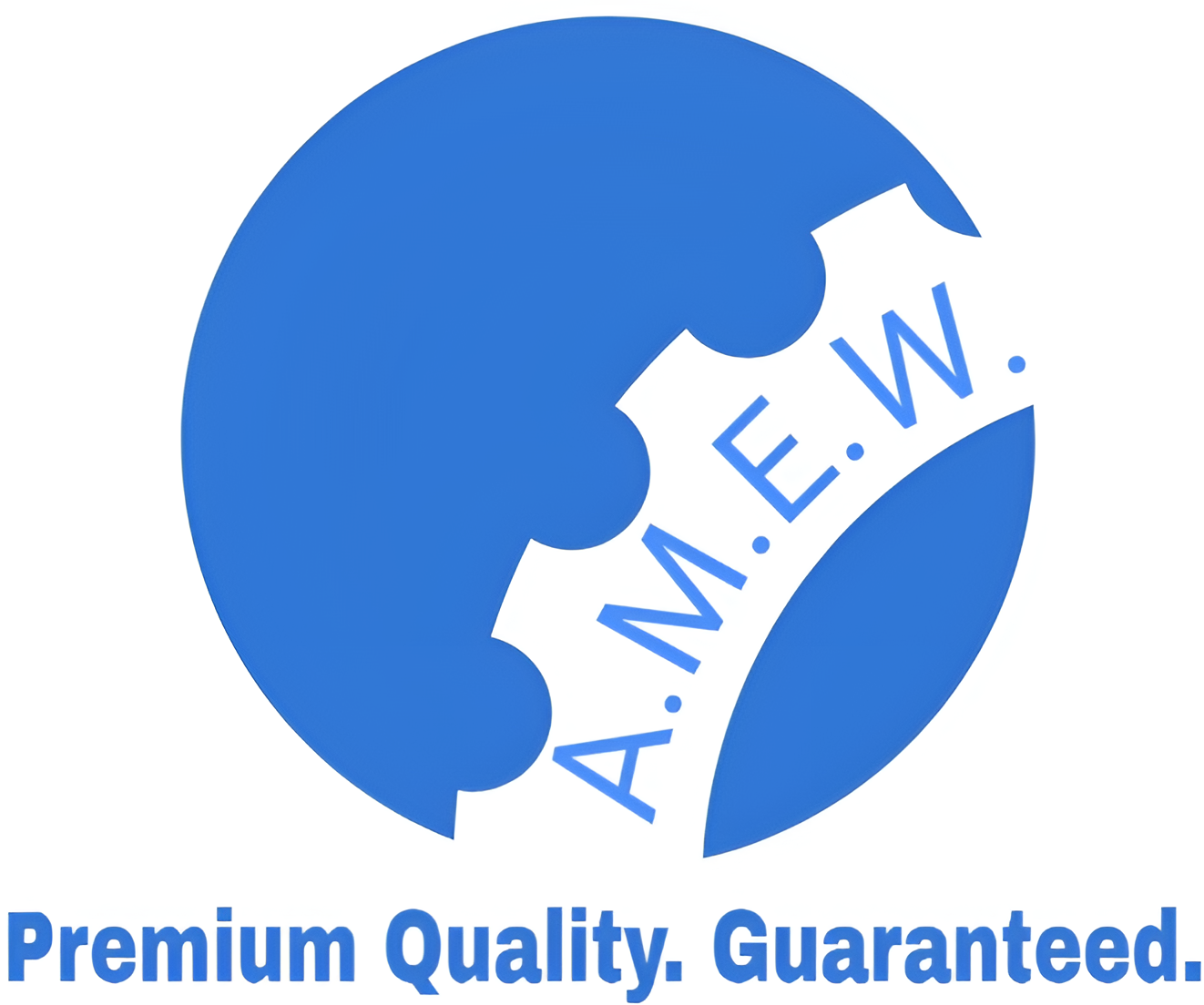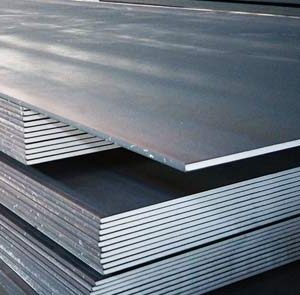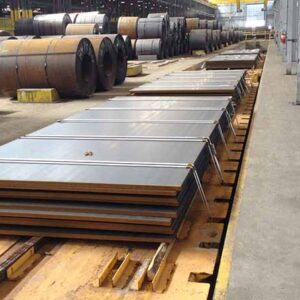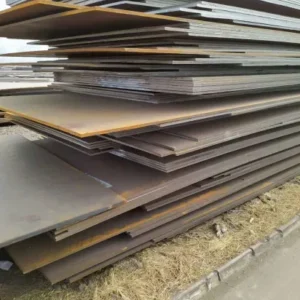Description
S355EMZ: Overview and Applications
Table of Contents
- Introduction to S355EMZ
- Chemical Composition
- Mechanical Properties
- Applications of S355EMZ
- Comparison with Other Steel Grades
- Manufacturing and Fabrication
- Advantages and Disadvantages
- Conclusion
1. Introduction to S355EMZ
S355EMZ is a high-strength structural steel specifically designed for offshore applications. Known for its excellent weldability, S355EMZ offers robust tensile and yield strength, along with outstanding corrosion resistance. These properties make it an ideal choice for constructing offshore structures that must withstand harsh marine environments, including extreme weather conditions and exposure to saltwater.
This steel grade is particularly well-suited for use in applications such as wind turbines and oil and gas platforms, where reliability and durability are critical.
2. Chemical Composition
The chemical composition of S355EMZ is optimized to enhance its mechanical properties:
| Element | Typical Composition |
|---|---|
| Carbon (C) | ≤ 0.20% |
| Manganese (Mn) | 1.00% – 1.60% |
| Silicon (Si) | ≤ 0.50% |
| Phosphorus (P) | ≤ 0.020% |
| Sulfur (S) | ≤ 0.015% |
| Chromium (Cr) | ≤ 0.30% |
| Nickel (Ni) | ≤ 0.50% |
| Molybdenum (Mo) | ≤ 0.10% |
| Iron (Fe) | Balance |
This composition ensures high strength and durability while providing excellent resistance to corrosion.
3. Mechanical Properties
S355EMZ exhibits several key mechanical properties:
| Property | Value |
|---|---|
| Yield Strength | ≥ 355 MPa |
| Tensile Strength | 490 – 620 MPa |
| Elongation (min) | 20% |
| Impact Toughness | ≥ 27 J at -20°C |
| Hardness | Typically ≤ 200 HBW |
These properties enable S355EMZ to perform reliably in demanding offshore conditions.
4. Applications of S355EMZ
S355EMZ is widely utilized across various offshore applications, including:
- Wind Turbines: Essential for the construction of towers and supporting structures that harness wind energy at sea.
- Offshore Structures: Critical in building fixed platforms that support drilling and production activities.
- Oil & Gas: Employed in the construction of platforms, pipelines, and infrastructure necessary for oil and gas extraction.
These applications demonstrate the versatility and importance of S355EMZ in offshore engineering.
5. Comparison with Other Steel Grades
When compared to other structural steel grades, S355EMZ offers specific advantages for offshore use:
| Steel Type | Yield Strength (MPa) | Applications |
|---|---|---|
| S355EMZ | ≥ 355 | Offshore structures, wind turbines |
| S355J2G3 | 275 | General structural applications |
| S355G8 | ≥ 355 | Offshore applications |
| S355G10 | ≥ 355 | Offshore applications |
This comparison highlights S355EMZ’s strengths in specialized offshore conditions.
6. Manufacturing and Fabrication
S355EMZ is typically produced using hot rolling and may undergo processes such as normalizing to enhance its mechanical properties. Common welding techniques, including gas metal arc welding (GMAW) and submerged arc welding (SAW), are used to fabricate components, ensuring strong and durable joints. Quality control measures, including non-destructive testing (NDT), are implemented to ensure compliance with industry standards.
7. Advantages and Disadvantages
Advantages
- Excellent Weldability: Allows for efficient fabrication and assembly of complex structures.
- Corrosion Resistance: Designed to withstand harsh marine environments.
- High Strength: Provides reliable performance under extreme conditions.
Disadvantages
- Cost: Higher-grade materials may be more expensive than standard steels.
- Availability: May not be as widely available as other, more common grades.






